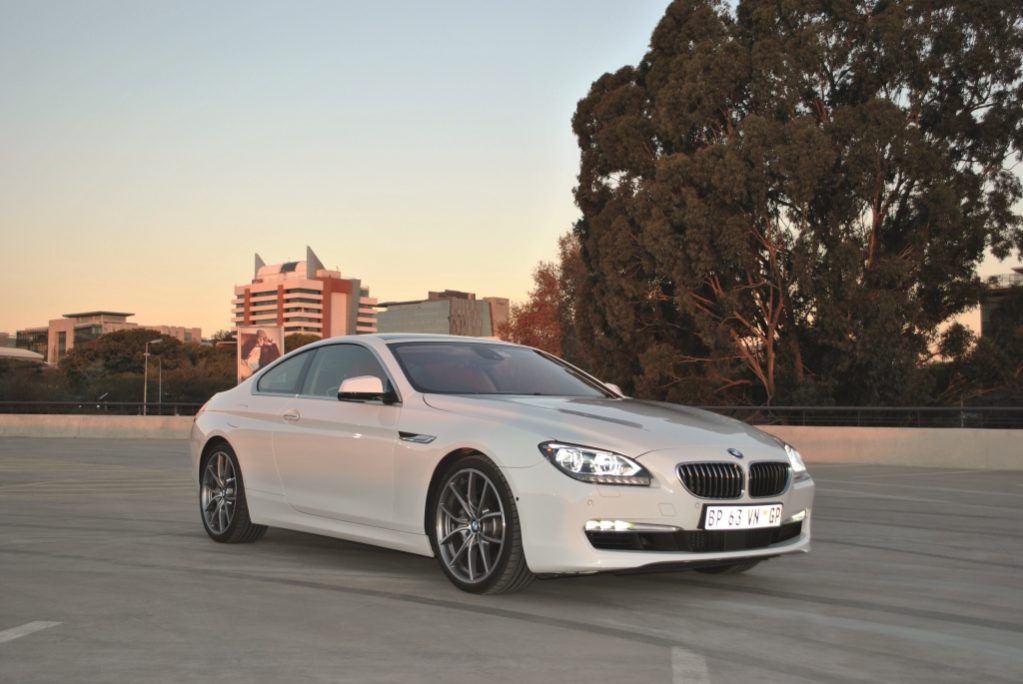Automotive design is split into the following components: exterior, interior and color or trim elements. The exterior design stylist develops the shape, proportions and surface of each vehicle, and sketches are done manually or using a series of digital renderings. Next, models are made from clay, and carved to exact specifications using CNC Milling machines. The first use of clay modeling has been attributed to Harley Earl, head of General Motors (GM) styling studio in the 1930s. When it comes to the interior, ergonomics and comfort take precedence, but the procedure followed is the same described above for the outside of the car. Color and trim designers are responsible for the layout and use of various materials, where attention to the unique combination of patterns, textures, contrast and sensory nuances is key.
The high turnover of vehicle design we are so accustomed to today, finds its roots in a term called “planned obsolescence”. In 1924, the American car market had reached saturation point and GM’s Alfred P. Sloan Jr. creatively suggested that car designs be changed each year, in order to convince owners that they needed to regularly replace their vehicles. By contrast, Henry Ford was a proponent of functionality and design integrity, and suffered the repercussions of his decision to stick to his principles. In 1931, General Motors overtook Ford’s car sales and went on to become the dominant force in the US motor industry. As marketing is driven primarily by aesthetic design, Sloan’s philosophy had far-reaching and powerful implications. The downside of this strategy for consumers, apart from the obvious, is the risk that manufacturers make use of less expensive components, in order to fulfill the product’s lifetime projections.
But not all automotive designers had their eye on mass production and capturing as much market share as they could muster. The most famous of all car design companies is Pininfarina, founded by Battista ‘Pinnin’ Farina. Born in Italy in 1893, his nickname came from being called the youngest, or smallest—pinnin—of the family. Farina began working in his brother’s car body shop at the tender age of 12, and his passion for cars saw him absorbing whatever knowledge he could until he was ready to begin designing his own. Famously, Battista started doing work for Ferrari in 1952 and officially changed his surname to Pininfarina in 1961. The list of cars the company is credited with designing defies belief; and includes Peugeot, Lancia, Fiat and Alfa Romeo and in recent years, they’ve begun focusing on cars propelled by electricity and solar energy.
Another stalwart of automotive design was founded in 1912 by Giovanni Bertone. The company successfully partnered up with some of the greatest designers of the time: Franco Scaglione—responsible for the creation of the Alfa Giulietta Sprint, which launched Bertone into mass production—Giorgetto Giugiaro, as well as Marcello Gandini—the great Lamborghini Countach was his brainchild. Typified by the use of angular and wedged shapes, Bertone-styled cars always appeared futuristic and the Opel Astra Coupé is a modern vehicle still employing the artistic skills of this famous company.
While other designers stemmed from Great Britain and the United States, none had the formidable success achieved by Pininfarina and Bertone.
Time marches on and with it comes unique problems, as well as the advancement of technology, that have a direct influence on how modern cars look and function. The proliferation of internet access on our cellphones, computers and iPads has seen motoring manufacturers quickly integrating online functionality in their cars.
Advances in aeronautical engineering will soon see drive-by-wire navigation become commonplace in modern production cars. As opposed to direct mechanical controls, a drive-by-wire system senses the driver’s physical interaction with the hand control—replacing the traditional steering wheel—and converts this into a digital signal that goes to an actuator that controls the wheels. What this translates into in terms of car design, is that future vehicles will no longer need a steering column or pedals, resulting in more space for the driver. Another spin-off is that heavy mechanical components will be obsolete, and this means greater fuel efficiency and less environmental impact. Hand controls will house the throttle, braking and steering elements while gears would be selected by the touch of a button.
J Mays, Global VP of design and chief creative officer at Ford Motor Company, feels that a direct result of cellphone technology has been that consumers no longer view physically small items as being a sacrifice in terms of product delivery. It seems then that future generations might eventually break the mold of wanting huge luxury sedans, but rather concentrate on cars that are pragmatic, have less environmental impact, but that deliver on all the other factors that we require for travel; namely safety, comfort, technology, entertainment, fuel efficiency and low cost of maintenance. Mays doesn’t imply that this shift in perception would in any way relinquish the power of status appeal; status in future might be reinterpreted along different lines.
“Design is a communications tool for the brand. It’s a visual communication with the customers we want to contact and have a dialogue with,” he says.
In the next 10 years, Mays feels that the design of cars won’t change per se, but rather the skill set of those doing the designing.
“A lot more digitally-oriented designers will be coming into the auto industry and helping us change the model of why you buy an automobile.”
